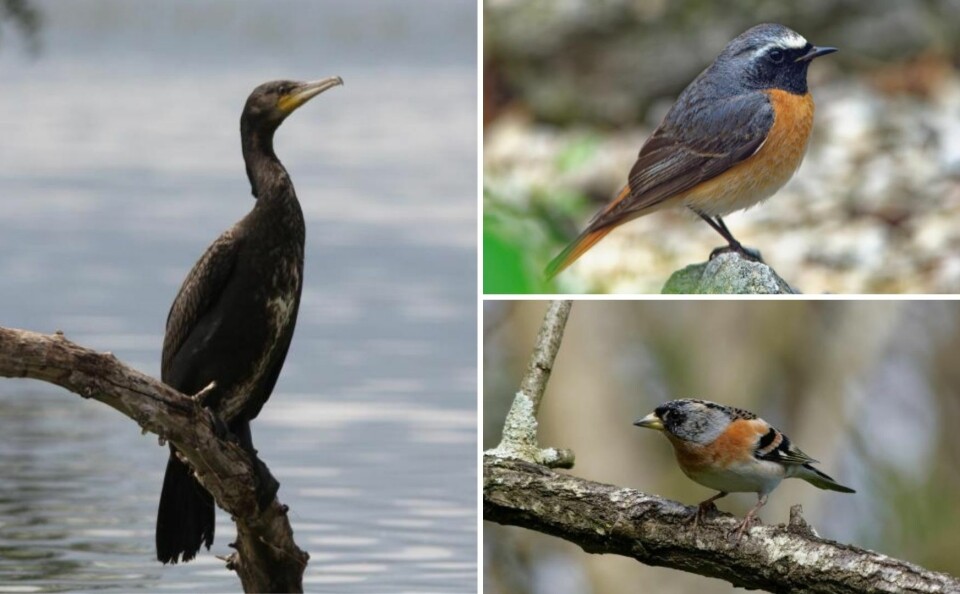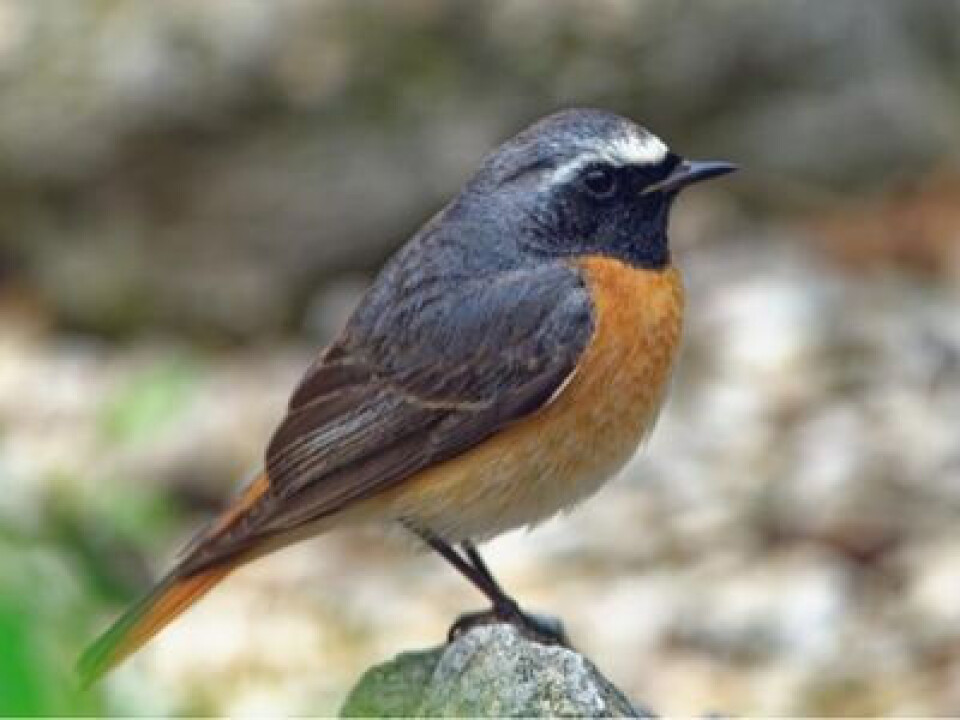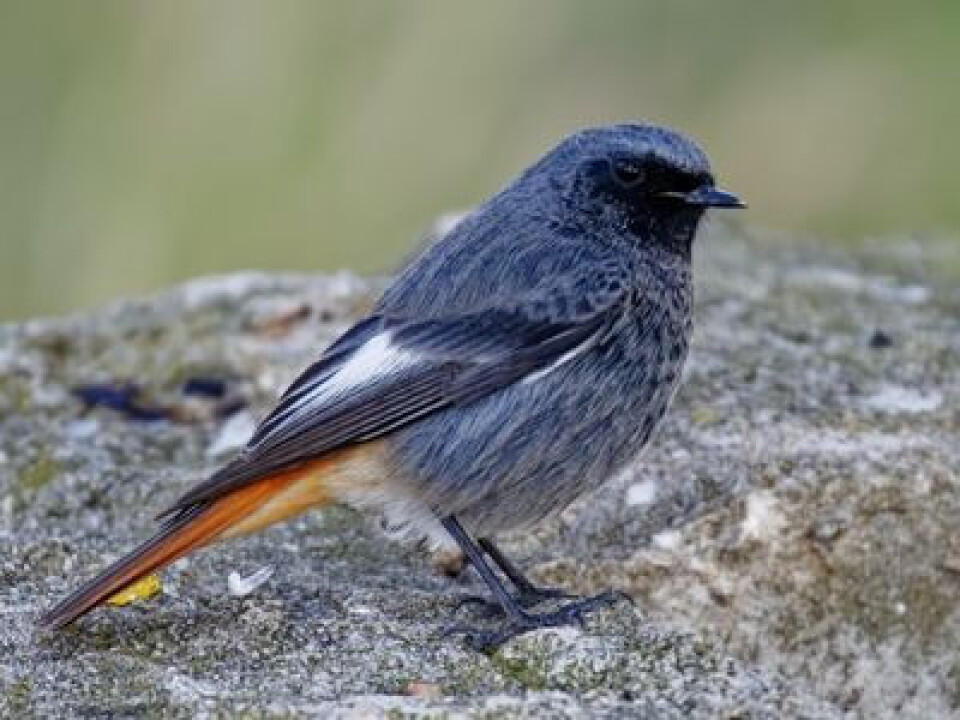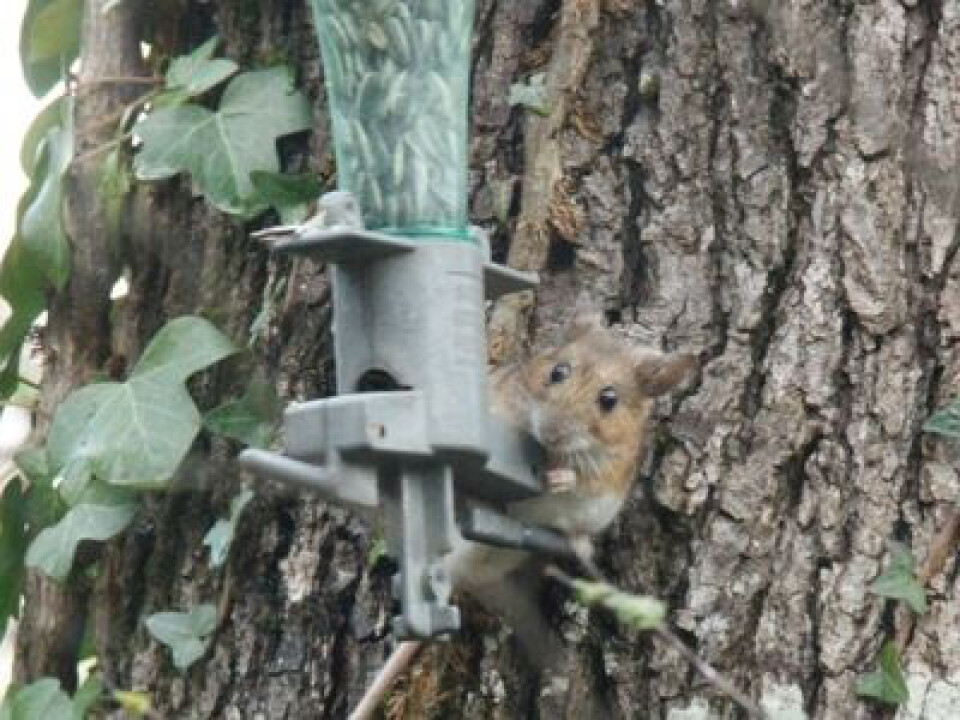-
The origins and meaning of tirer les marrons du feu
As Christmas approaches, we look at a phrase to describe someone who takes advantage of a situation
-
Funeral held in Normandy for last Native American soldier to survive D-Day landings
Charles Norman Shay was among first to land on Omaha beach and a recipient of Silver Star and Legion of Honour medals
-
How to identify lounging lizards in France
Learn about the habitats and behaviours of diverse lizard species, from the common wall lizard to the elusive Western three-toed skink
Join a bird protection group in France and continue historic tradition
Nature watcher Jonathan Kemp shares the origins of bird conservation and the magic of migration

The full potential of someone fascinated by the natural world can only be realised by an understanding of the changes that are brought about as the seasons turn in their endless cycles.
Once the mystery of migration began to be understood, the false idea that some birds hibernate, originally suggested by Aristotle in the 4th century BC, only persisted to the end of the eighteenth century.
Read more: Diary of a birdwatcher in France: Migration
The report by “a very intelligent master of a vessel” who “ between the islands of Menorca and Majorca, saw great numbers of Swallows flying northward” appeared in Thomas Bewick’s A History of British Birds, published in 1797.
Bewick went on to state the situation in Britain as:
“Swallows frequently roost at night, after they begin to congregate, by the sides of rivers and pools, from which circumstance it has been erroneously supposed that they retire into the water.”
Common Restart represented freedom to British POWs
During World War Two, a group of captured British officers imprisoned in German camps passed the long years in maintaining extremely detailed records of the comings and goings of the Common Redstart, (Rougequeue à front blanc).

Photo: Common Redstart; Credit: Michel Fernandez LPO de l’Aude
A migratory species, one can only imagine the eagerness with which they awaited the return of the birds each Springtime, passing through the wires of the camps to take up residence in the nesting boxes they were allowed to put up.
Not only could they re-start their passion of recording the details of the species’ lives, but also the freedom that was represented by the movement of the birds would have been, for them, especially poignant.
This desire for liberty is hinted at in a classic book – The Redstart – that one of the men, John Buxton, wrote to publish their findings.
Some of these men then went on to become crucial members of the RSPB.
Most French departments have group to join
First created by women in 1889 to halt the massacre of exotic birds to decorate the hats of Victorian ladies, the Society for the Protection of Birds was given a Royal charter in 1904, and succeeded in passing a bill through Parliament in 1921, the Importation of Plumage (prohibition) Act.
It is now the largest conservation organisation in the world.
Even though the LPO (Ligue pour la protection des Oiseaux) cannot match it for number of members, it is the most widespread conservation association in France, and to an extent parallels the work of the RSPB.
Most French departments have a local LPO group; join if you can and help grow the 55,000 adherents in the never-ending work, or simply have the pleasure of field trips being guided by experts.
Read more: Nature watch in France: identify doves and how to help injured birds
See Common Redstart migrating to and from Africa
You are most likely to see a Common Redstart here in the south of France during the migration periods, on their way to and fro to Africa.
They are discreet birds. Roughly the size and shape of a robin, it is the white on the forehead that is the giveaway characteristic.
Here in the Aude the more common redstart is the Black Redstart (Rougequeue noir), and some of them are present the whole year round, and are far from discreet, moving into towns in autumn to persistently strip plants like Virginia Creepers of their berries.

Photo: Black Redstart; Credit: Michel Fernandez LPO de l’Aude
I once counted eleven at once working away on the facades of a building where I lived in a nearby town. The males are especially handsome.
Brambings, chaffinches and mice on the feeder
It is worth keeping an eye on the feeders you put up as the cold weather strikes for other unusual birds that might join the commoner ones.
At the Mill we take our breakfast looking out on one of the feeders, and one day Angèle spotted an strangely colourful finch-like bird; it was a Brambling (Pinson du Nord), in amongst its cousins the Chaffinches (Pinson des arbres).
The same size and shape as the ever-present chaffinch, the males have a rich rusty breast, a white belly, and a yellow bill with a black tip; both sexes have a brilliant white rump visible in flight.
Read more: Chaffinches sing a powerful song
Very occasionally a specially daring mouse will take advantage of the sunflower seed feeder, racing up the tree to grab a seed before scurrying down to the cover of the undergrowth below.

Photo: Yellow-necked mouse on feeder; Credit: Jonathan Kemp
Normally entirely nocturnal, I believe that the one pictured on the feeder is a Yellow-necked mouse (Mulot à collier) because of the orange-brown fur, clearly demarked from the bright white underside, bulging eyes and large ears.
Although to be completely sure that it is not the more common wood mouse (Mulot sylvestre) you have to see the prominent yellow chest patch.
We certainly have plenty of wood mice around the Mill, the fur is more grey brown above, light below.
Great Cormorants look powerful and prehistoric
Away from the feeders, down on the nearby river Aude are some interesting over-wintering birds.
Amongst these are the Great Cormorants, who fly up from their breeding area on the coast to take advantage of the fish stocks in the lakes and river.
Much resented by local fishermen, these strange, primitive looking birds do not share the attractiveness of the garden birds.
With their snake-like necks, for me they are clearly dinosaurian (actually the direct ancestors of all birds).
Big, powerful birds, they will fly in V-formation when moving to and from an area.
Occasionally I have seen flotillas of cormorants floating low in the water, beaks held high, all moving in one direction away from the perceived threat of a human being.
They are canny and alert, diving both to fish and avoid detection, and despite the occasional efforts to cull the numbers on the nearby lakes, there seems to be little success; they are always there every winter.
They take up communal roosts at night in trees, which suffer as a result from the accumulation of droppings (fiente), and often can be seen in strange ‘prehistoric’ poses as they spread their wings to dry in the sun.
Related articles
Snowdrops for hope and salvia for colour in a February French garden
Kingfisher family’s ‘busy blue sparks’ seen everyday on French stream
Petition to change law to help hedgehogs survive in France gains pace
























